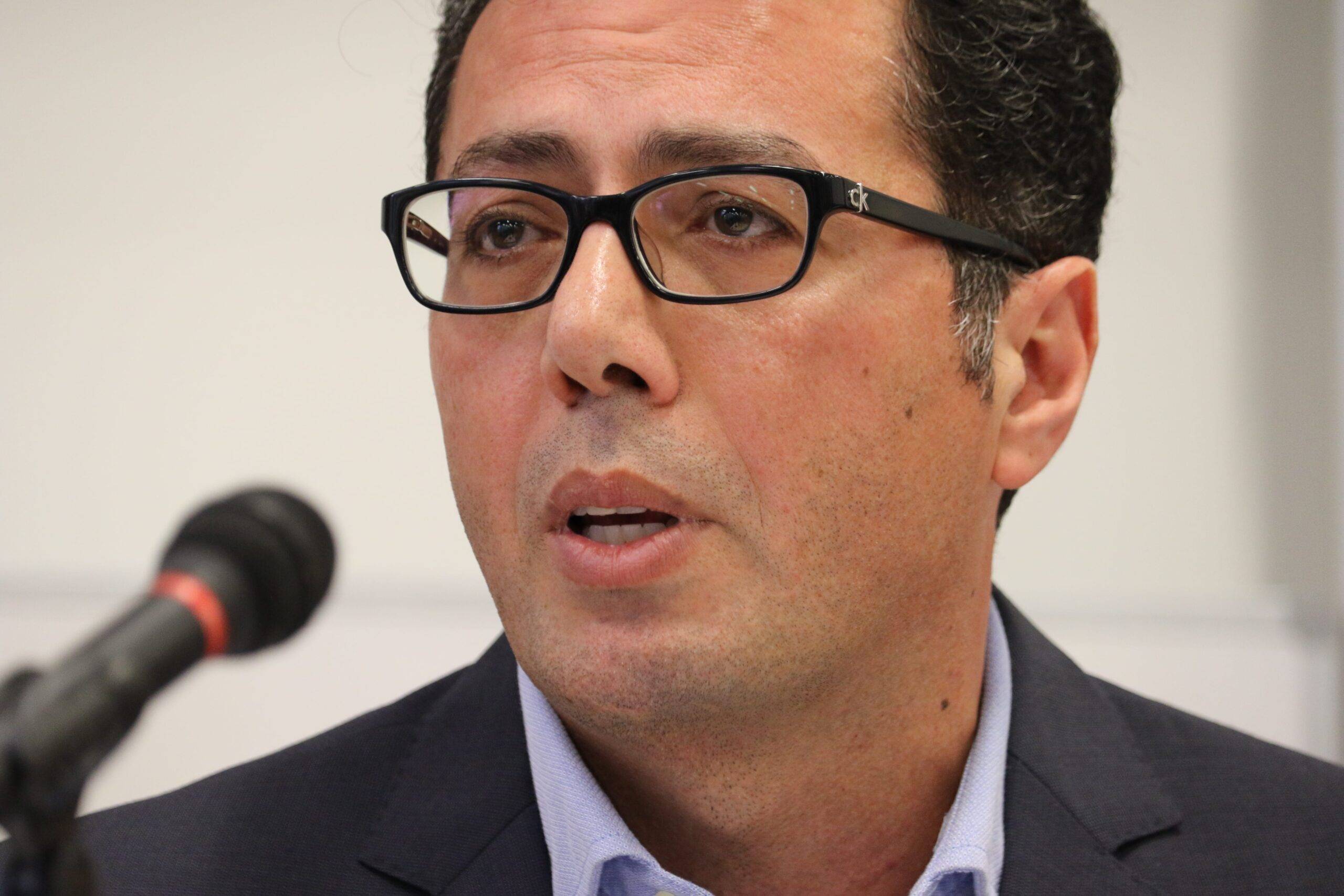Today, Israel assassinated a top Palestinian commander, Ibrahim Nabulsi, in Nablus, along with two other fighters, Islam Sabbouh, and Hussein Taha. This bloody action is intrinsically linked to the bloody events in Gaza over the last few days.
One of Israel’s main objectives of the war on Gaza was to demonstrate that Tel Aviv hasn’t lost its ability to strike Palestinians in the time and place of its choosing. So, instead of waiting for Palestinians to respond to the arrest of Sheikh Bassem Al-Saadi in Jenin, Israel ‘preemptively’ struck Gaza, instead.
Within merely three days, Israeli forces killed over 40 Palestinians, many of whom were children, and wounded over 300, mostly civilians. But since Israel cares little about Palestinian lives, all that it mattered to Tel Aviv was the killing of two leading Palestinian Islamic Jihad commanders, Tyseer Al-Ja’bari and Khaled Mansour, among others.
The above can be demonstrated in the words of the Israeli Minister of Public Security, Omar Bar-Lev, who said today: “As we did in Gaza recently, and Nablus today, we will carry on this way in any time and place.”
But by striking at Palestinian resistance in all Occupied Palestine, Israel has instead demonstrated the resistance’s ability to unify their ranks in both the West Bank and Gaza. It unwittingly proved that Palestinian ‘unity of arms’ is possible.
READ: Why Israel is concerned about the latest aggression against Gaza
For this unity to be appreciated more, a very quick history recap is required:
The Palestinian Intifada of 1987 manifested Palestinian popular unity with a minor emphasis on armed struggle. In the Intifada of 2000, Palestinians demonstrated the unity of their armed struggle, with less emphasis on the popular aspect. But since the death of Yasser Arafat (2004), the advent of Mahmoud Abbas (2005), the legislative elections (2006), and the brief Fatah-Hamas clashes (2007), Palestinians have lost both popular and armed unity. Due to the absence of political unity – with Fatah ruling in the West Bank, under Israeli military occupation, and Hamas ruling in besieged Gaza – Palestinians seemed to lack every communal and collective aspect of their struggle.
![Israel forces carry out strike in Gaza - Cartoon [Sabaaneh/Middle East Monitor]](https://i0.wp.com/www.middleeastmonitor.com/wp-content/uploads/2022/08/45-1.jpg?resize=920%2C571&ssl=1)
Israel forces carry out strikes in Gaza – Cartoon [Sabaaneh/Middle East Monitor]
In its three-day war on the Gaza Strip, starting on 5 August, Israel wanted to prove that it is still the dominant force and that it holds most of the cards. But inadvertently, Tel Aviv proved the opposite. After all, the war on Gaza was an extension of the ongoing armed resistance in Jenin. In fact, today’s assassination of the top leader of Al-Aqsa Martyrs Brigades in Nablus expands the parameters of the Israeli fight, but also Palestinian unity.
Nabulsi has been a thorn in the side of the Palestinian Authority since the Brigades are the military arm of the Fatah movement.
Even though Israel is claiming small victories, it has sowed the seeds of a different kind of battle, where Gaza is no longer fighting alone and where Jenin is no longer an isolated refugee camp in the northern West Bank.
READ: Why did Moscow shut down the Jewish Agency office?
Israel knows the risks, of course, but it feels that the time to strike is now because it is aware of the political transition in Palestine, with the expected demise of 87-year-old Mahmoud Abbas and the rise of another leader/collaborator. An armed rebellion in the West Bank during this transition could be disastrous for both Israel and the PA. Israel wants to ensure that the leaders of this potential rebellion are eliminated or incarcerated in advance, preferably the former.
There are many moving pieces and Israel is moving equally fast so that it doesn’t lose the element of surprise. The resistance appears, for now, disoriented as the Israeli killing machine is moving from one region to the other quickly.
The next few days are critical. If the Palestinian resistance does not regain the initiative, even darker days await. All eyes are on Hamas in particular, as the strongest and most popular of all of Palestine’s resistance groups. Hamas’ next move is not only critical to the ongoing fight, but to the very future and reputation of the movement.
The views expressed in this article belong to the author and do not necessarily reflect the editorial policy of Middle East Monitor.

![Firefighters and Palestinians inspect the scene after the raid by Israeli soldiers in Nablus, West Bank on August 09, 2022. [Issam Rimawi - Anadolu Agency]](https://i0.wp.com/www.middleeastmonitor.com/wp-content/uploads/2022/08/AA-20220809-28604635-28604627-ISRAELI_FORCES_KILL_TWO_PALESTINIANS_IN_WEST_BANK.jpg?fit=920%2C613&ssl=1)







